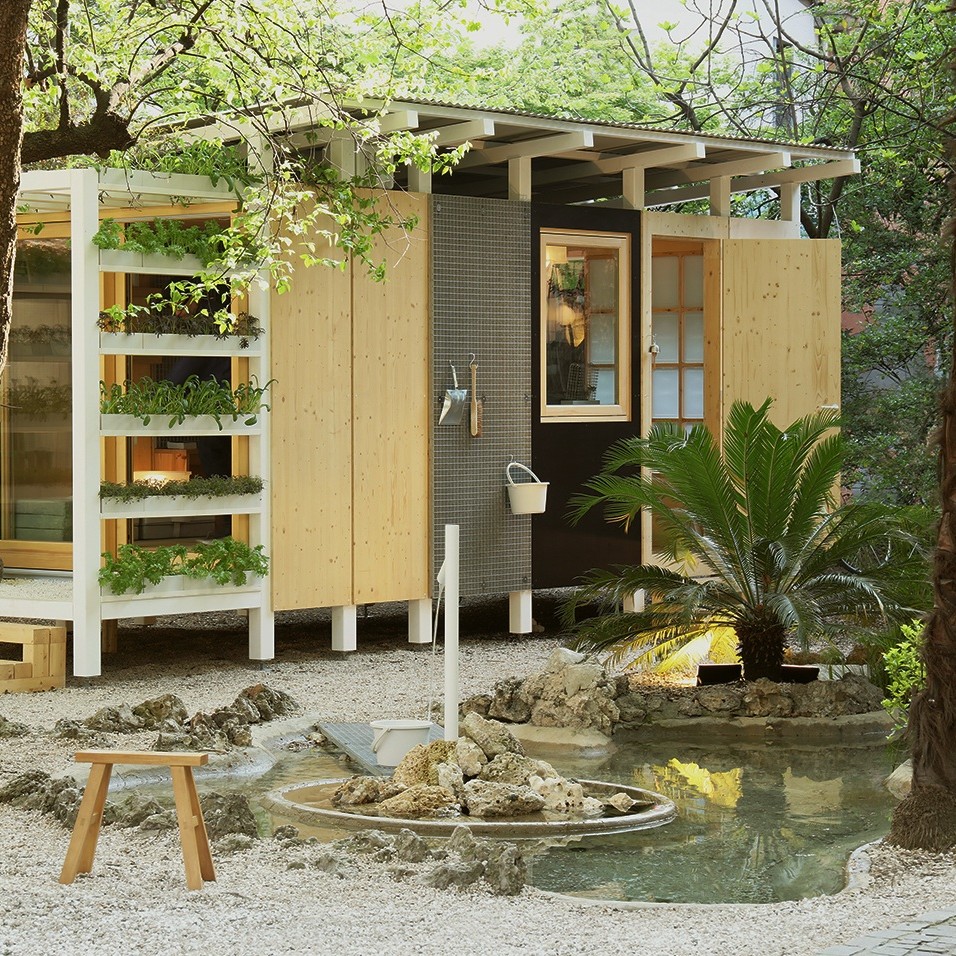3 things packaging designers need to know about social media
Once packaging designs were all about how a product looked on a shelf. Now it’s all about how they look on screens. The rise of ecommerce and visually driven social media mean that for many customers the first time they encounter a product is online. Packaging design has had to adapt in response to this.
Recognition is vital One way social media is changing packaging design is that product shots are no longer brand controlled. Visual social media sites like Instagram and Pinterest are populated with user-generated content, which means it is the consumers who are taking the photos. Get it right and the consumer will take on the job of marketing the product for a brand simply by taking photos of it and sharing them. Packaging designers therefore need to think about how to make their packaging stand-out among the huge numbers of photos being shared every day. Recognition is a big part of this. When customers are scrolling through social media feeds, designers only have a few milliseconds to capture their attention. As such, they should be able to recognise what the brand is and what the product’s function is instantly. This is vital because the product doesn’t benefit from the same cues online as it does on a store shelf, such as which part of the store it is placed in. A lot of the work in figuring out a product is removed for shoppers by in-store signage - if it’s in the haircare aisle it’s going to be haircare related, for example. Social media doesn’t have shelves and signage, which is why packaging design needs to focus on other cues such as the shape of the packaging (think bottles for drinks). If the design breaks with traditional thinking, such as Boxed Water’s cartons, then it should still be very clear to the customer what it is. For example, Boxed Water does this with a minimalist design that states exactly what the product is in a large font.
Know your audience Social media means it has never been easier to understand your customer. It provides a direct line to consumers who willingly share their thoughts, opinions and inspirations. Packaging designers therefore should spend time checking out the accounts of the target audience of the brand they’re designing for. This can provide valuable insight into what appeals to that audience. This may flag certain colour schemes or aesthetics (such as minimalism) that are popular with the target audience. We’re all familiar with the concept of millennial pink, for example. Equally, knowing the typical design approach means it’s easier to go in a new bold direction. If all of the bathroom skincare shots are of pink and white products, an eye-catching green or black could really stand out. It’s also worth spending time seeing what consumers say about competitive brands and products – whether on their own feed or in reply to a brand’s posts. This can provide useful insights from customers wanting sustainable packaging to complaints about a certain packaging shape or usability.
Start a conversation Packaging is at its most powerful when it creates a connection with the consumer. Having recognised that people love sharing their pets with the world via social media, Russian pet care brand Mitch & Me worked with design agency Jekyll & Hyde to incorporate Instagram images of its customers with their pets on its packaging. Each product features a different customer picture on the label with the customer’s Instagram account credited below. Mitch & Me can regularly change the image on the label to keep customers engaged. As such, the customers feel closer to the brand. There’s a sense of it belonging to them because they are informing the packaging design. This acts as a form of communication between brand and customer. This approach can also work well for specific campaigns. Cadbury’s and Skittles are great examples of companies who have changed their packaging for a short period in order to draw attention to a cause. In Cadbury’s case, it removed the words from its familiar Dairy Milk packaging in support of Age UK and Skittles switched its colourful packaging for a grey colour scheme in honour of Pride Month. In both cases, the bold changes made for images that stood out on social media and encouraged engagement in the form of shares and comments. Packaging designers can also use social media to gauge customer feedback on different design ideas. Again, this brings customer into the conversation, giving them a greater sense of ownership of the brand and potentially increasing their loyalty.
By Cate Trotter, Head of Trends at Insider Trends, London


